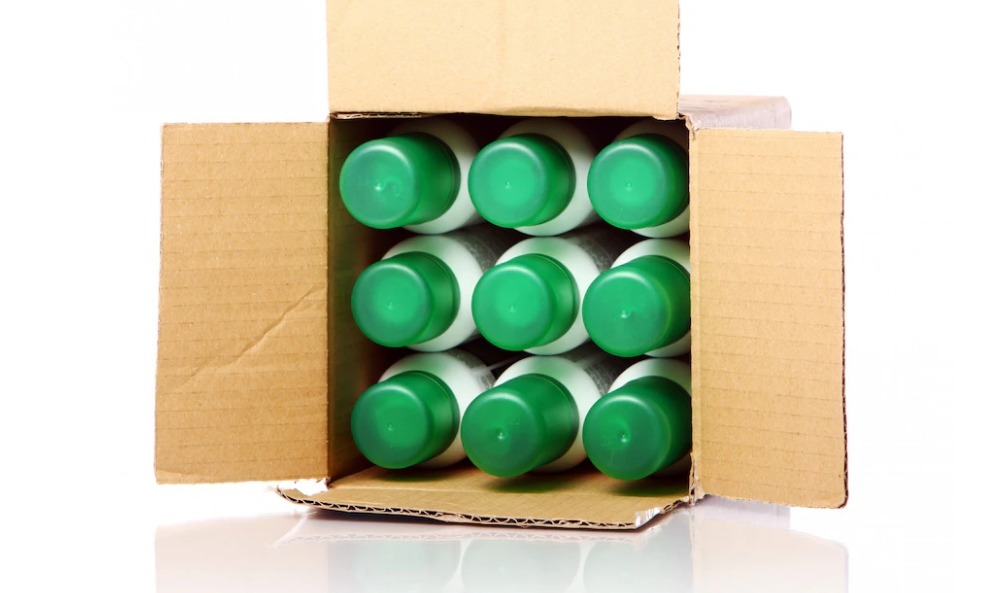
Shipping liquids can be a challenging task due to their unique properties and the risk of leaks, spills, or damage during transit. Whether you need to ship beverages, chemicals, or other liquid products, it’s crucial to understand the importance of proper packaging and comply with shipping regulations. This comprehensive guide will delve into the significance of adequate packaging, discuss shipping regulations to consider, highlight trusted couriers specializing in liquid shipments, and provide a step-by-step guide for properly packing and shipping liquids.
Importance of Proper Packaging
Proper packaging is essential when shipping liquids to ensure their safe arrival at the destination. Here are a few key reasons why adequate packaging is crucial:
- Leak Prevention: Liquid containers should be tightly sealed and packaged to prevent leakage during transportation. Proper sealing methods and durable packaging materials can minimize the risk of spills, protecting both the product and other items in the shipment.
- Damage Protection: Liquids are susceptible to damage caused by temperature fluctuations, rough handling, and external impacts. Appropriate packaging materials such as cushioning, absorbent materials, and sturdy outer containers can safeguard liquids from damage throughout the shipping process.
- Compliance with Regulations: Shipping liquids often involves adhering to specific regulations, such as restrictions on hazardous materials or special handling requirements. Proper packaging ensures compliance with these regulations, preventing delays, fines, or even safety hazards.
Shipping Regulations for Liquid Items
When shipping liquids, it’s crucial to understand and comply with the relevant shipping regulations. Here are a few key considerations:
- Hazardous Materials: Certain liquids, such as flammable or toxic substances, are classified as hazardous materials and require special handling. Familiarize yourself with the regulations outlined by relevant authorities, such as the International Air Transport Association (IATA) or the Department of Transportation (DOT), depending on the mode of transportation.
- Volume Restrictions: Some carriers have restrictions on the maximum volume of liquids allowed per shipment. Ensure you are aware of these limitations and package your liquids accordingly.
- Documentation and Labeling: Proper labeling and documentation are essential when shipping liquids. You may be required to provide information about the contents, quantities, and any applicable safety data sheets. Additionally, labels indicating “Fragile,” “This Side Up,” or other relevant instructions can help ensure careful handling.
Couriers Providing Services for Shipping Liquids
Several couriers specialize in shipping liquids, offering tailored services to meet specific requirements. Here are a few trusted couriers known for their expertise in handling liquid shipments:
- FedEx: FedEx offers various services for shipping liquids, including FedEx Ground, FedEx Express, and FedEx Freight. They provide specialized packaging guidelines and support to ensure the safe transportation of liquids.
- UPS: UPS provides comprehensive solutions for shipping liquids, ranging from UPS Ground to UPS Air Cargo. Their expertise in logistics and compliance ensures efficient and secure delivery of liquid shipments.
- DHL: DHL offers international shipping services for liquids, including DHL Express and DHL Freight. With their global network and specialized handling capabilities, they are a reliable choice for shipping liquids across borders.
These couriers have the necessary infrastructure, expertise, and knowledge of shipping regulations to handle liquid shipments with care and efficiency. By choosing a reputable courier, you can ensure that your liquid items are shipped safely and reliably.
Guide to Proper Packing and Shipping of Liquids
Follow these steps to properly pack and ship liquids:
- Select Suitable Containers: Use containers specifically designed for liquids, such as plastic bottles, glass jars, or metal cans. Ensure the containers are leak-proof and compatible with the liquid being shipped.
- Seal Containers Securely: Ensure all containers are tightly sealed to prevent leaks. Use sealing methods such as screw caps, heat-sealing, or adhesive tape, depending on the container type.
- Protect Against Leakage: Place each liquid container in a sealed, leak-proof plastic bag or use individual plastic wraps to provide an additional layer of protection against spills.
- Use Adequate Cushioning: Place sufficient cushioning material, such as bubble wrap or foam padding, around the liquid containers to protect them from shocks and vibrations during transit.
- Package in Sturdy Outer Containers: Select a strong and durable outer container, such as a corrugated box, and place the cushioned liquid containers inside. Fill any empty spaces with additional cushioning material to prevent movement within the package.
- Label and Document: Clearly label the package as “Liquid” and include any necessary handling instructions. Prepare and attach all required documentation, including shipping labels, customs forms (if applicable), and any regulatory compliance documents.
- Choose a Reliable Courier: Select a reputable courier service that specializes in shipping liquids. Follow their specific guidelines for preparing and sending liquid shipments.
Shipping liquids requires careful consideration of proper packaging techniques, adherence to shipping regulations, and the selection of reliable couriers. By understanding the importance of adequate packaging, complying with shipping regulations, and following a step-by-step packing guide, you can ensure the safe and secure transportation of liquid items. Remember to select suitable containers, protect against leaks, provide adequate cushioning, and choose a reputable courier specialized in shipping liquids. By following these guidelines, you can minimize the risk of damage, leaks, or regulatory non-compliance, ensuring successful and hassle-free shipments of liquids.
Image by Racool_studio on Freepik
